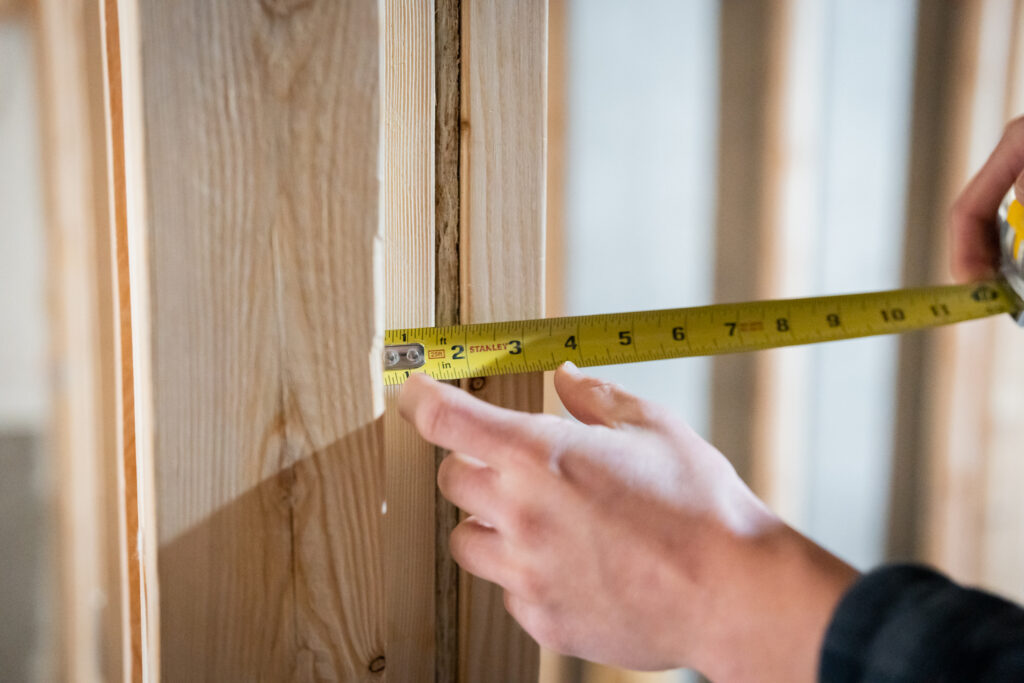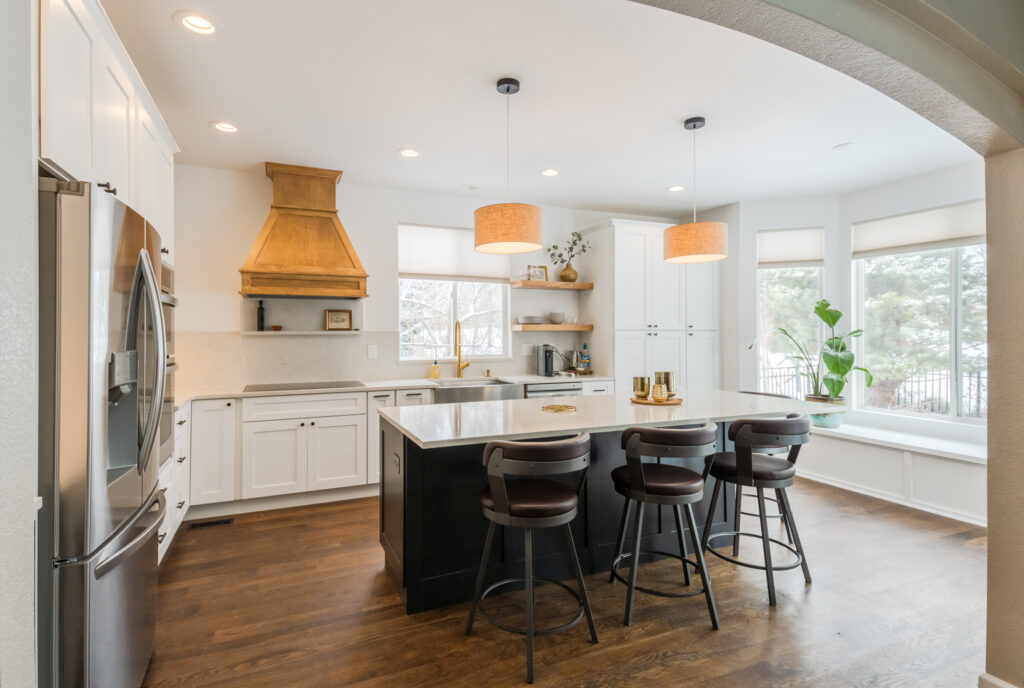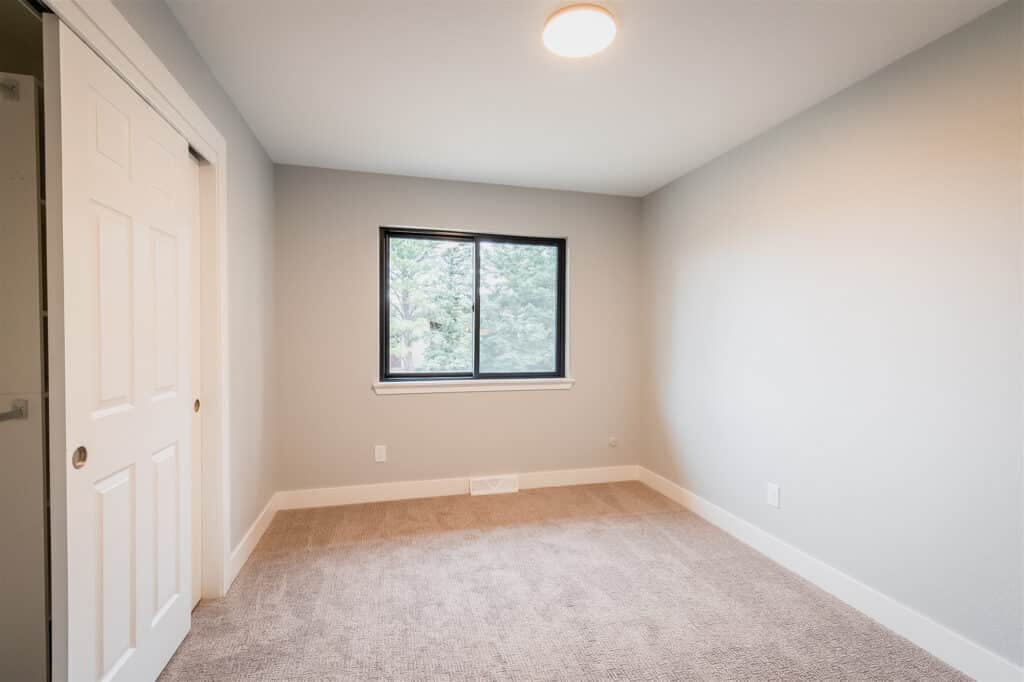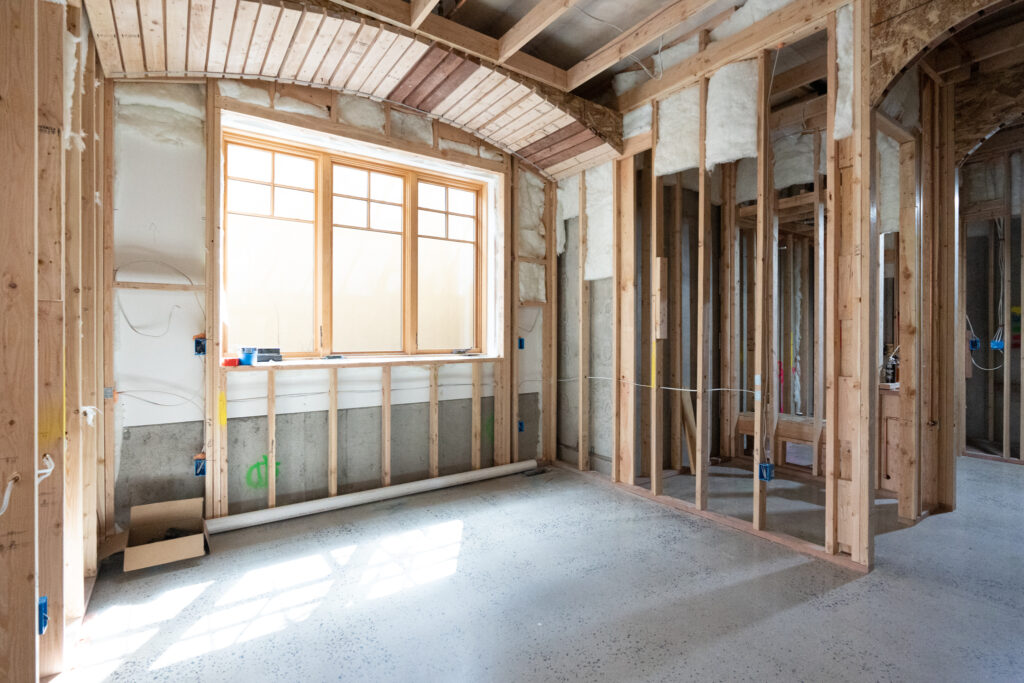DENVER, CO
Historic Home Renovation Services
PR Builders is a residential general contractor for full home remodels and new construction throughout Denver metro and Northern Colorado.
Renovating a historic home is both a journey into the past and a commitment to the future. It’s about preserving a piece of the community’s history while upgrading your home to modern comfort and safety standards.
Whether your home is in a historic neighborhood like Capital Hill or Highland, or elsewhere in the Denver area, our expertise will guide you through the process of retaining your home’s unique historical features while adapting it to your needs. Let’s work together to seamlessly blend historic charm with modern sophistication in your historic Denver home. Learn more about the process below.
Denver's Historic Home Renovation Rules
Buildings can be classified as “historic” at the national, state, and local levels—each paying tribute to its historical, architectural, or geographical significance.
If you’re remodeling an older home not in a designated historic district, you will simply need to adhere to Denver’s standard building permit requirements and building codes—no special city review and approval process necessary.
See a map of Denver’s historic districts and when they were designated.
Having a historic home doesn’t mean you can’t update some of its outdated features. You can remodel, restore, and even add on to your home. But if you live in one of Denver’s 50+ locally designated historic districts, your proposed changes must first be reviewed and approved by Denver’s Landmark Preservation Commission (LPC) if they affect your home’s exterior.
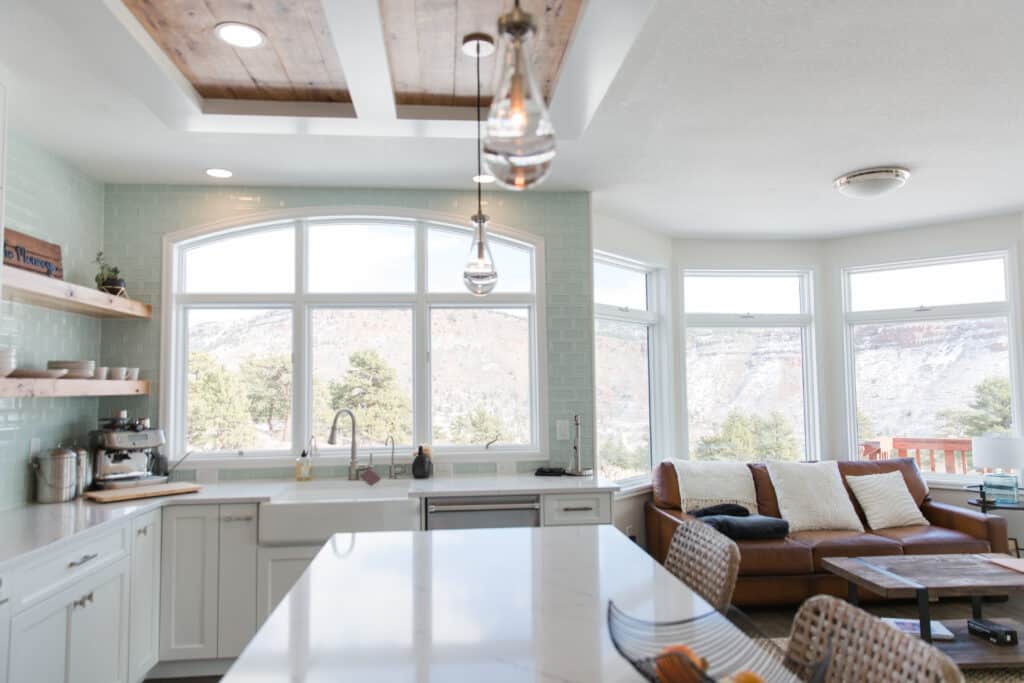
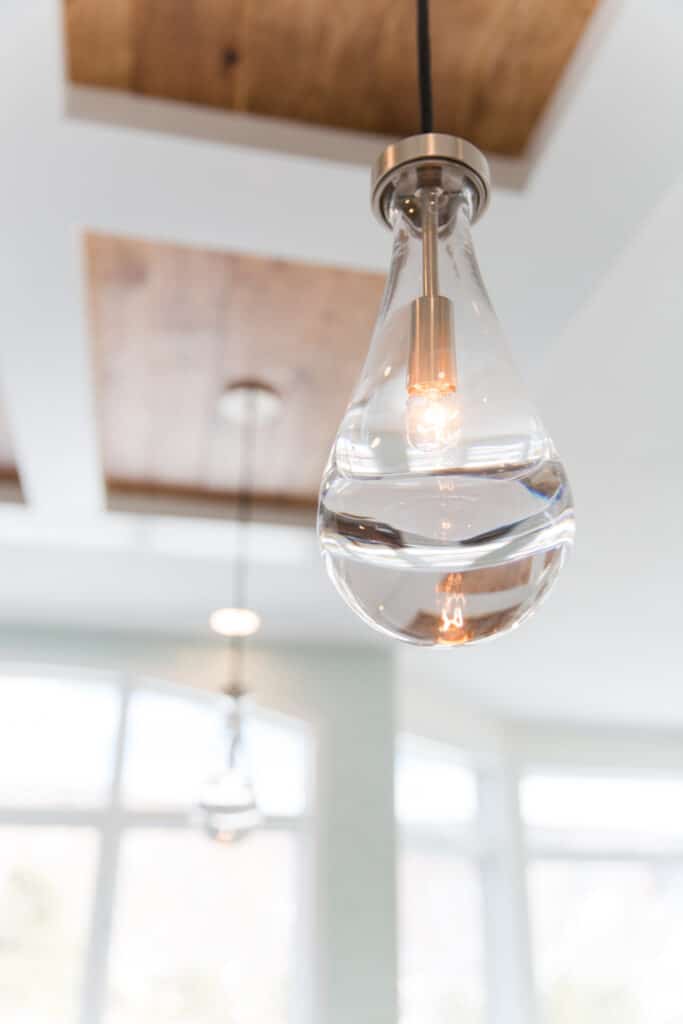
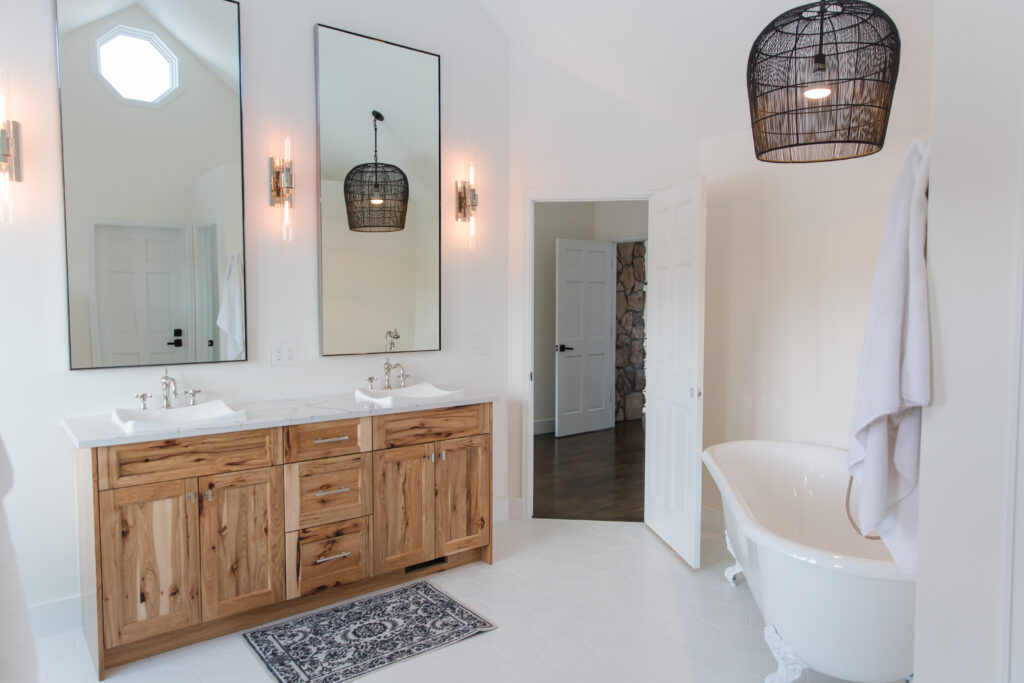
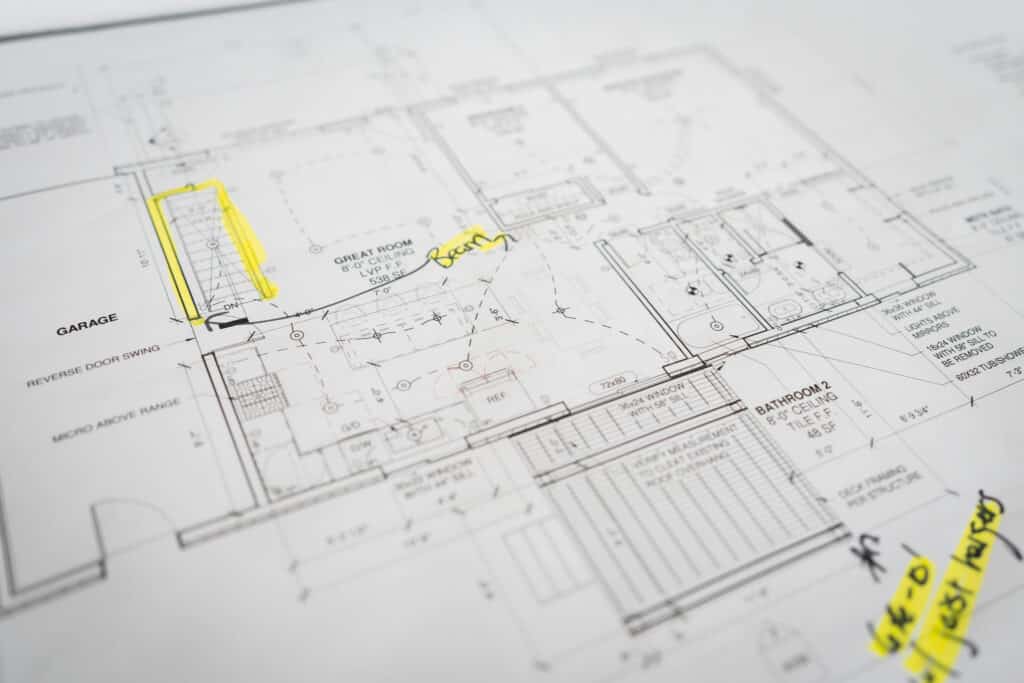
Some Renovation Projects That Require City Review in Historic Districts:
- Demolition & Rebuilding
- New Construction
- Exterior Remodeling
- Home Additions
- Window Replacement
- Site & Hardscape Changes
Renovation Projects That Don't Require City Review in Historic Districts:
- Interior alterations that don’t require a building or zoning permit
- Interior alterations that don’t affect the home’s exterior
Ideas & Tips for Historic Home Remodeling
Historic homeowners choose a variety of updates to suit their space for modern use. This includes everything from repairing minor damage to converting your crawl space to a basement or completely renovating your most-used rooms like bathrooms, kitchens, and basements. Remodeling a small historic home? We offer our full-home renovation services for homes of all sizes. Where space is an issue for you, home additions can be built to seamlessly match your home’s architectural style.
Here are a few ideas for modernizing your historic house while preserving its historic charm:
Make your whole space functional again with fresh layouts, appliances, and fixtures. Restore those little original details that you love so much, all while improving your home’s energy efficiency and updating electrical and plumbing systems to meet current safety standards.
Has your home sustained damage over the years or from natural disasters? Restore and rebuild your historic home while achieving practical updates, like structural changes, new features, and modern systems. We’ll help you build or rebuild on your lot.
Add extra space to the rear or side of the house to maintain its original street-facing appearance. Where you desire a second-story home addition (pop top), we’ll help you determine feasibility with local building code and your home’s structural integrity.
Starting with nothing but a concrete box gives you endless possibilities to style your basement to be anything but an afterthought. Create your new favorite room in the house with a sitting area, entertainment space, basement bar, and more!
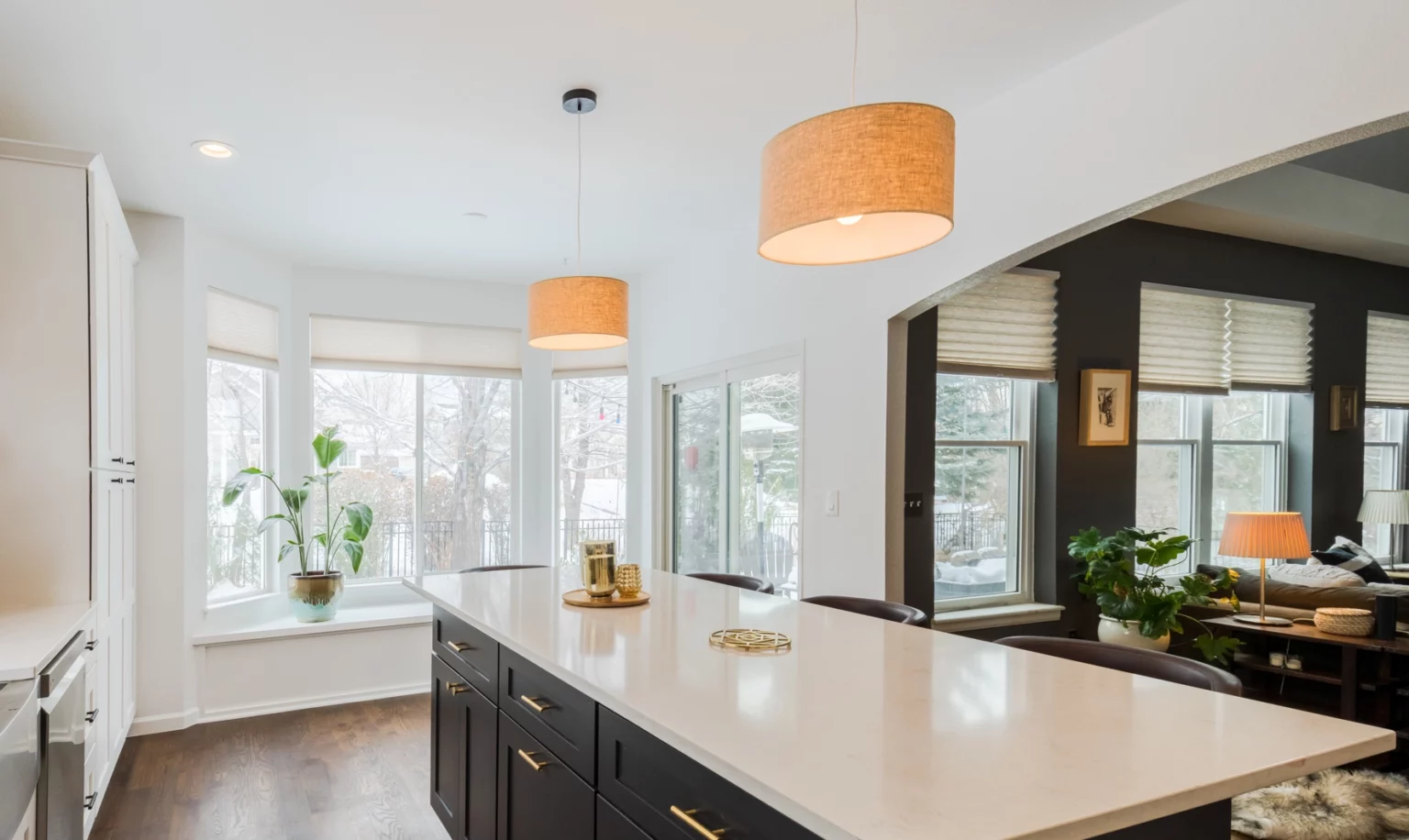
Renovating Your Historic Home: A Checklist
Wondering where to start with your home remodel? Here’s how to kick off your historic home renovation project:
Research your home’s history and architectural style—it’ll play a role in preserving the original look and feel of your home through your remodel projects.
Familiarize yourself with local historical preservation guidelines and designations as they may apply to your home—and their impact/potential restrictions on your renovation ideas.
Determine the scope of your project and begin the city review process (if applicable).
With a clear understanding of what the city requires, finalize your design vision accordingly.
Have extra time and budget available, in case you run into unforeseen challenges under the surface of your renovation.
Hire professionals you can trust from pre-construction all the way through to the final product. Your builder will work with your architect and with the local municipalities to determine the feasibility of your renovation vision.
From there, we’ll bring it to life seamlessly while maintaining your home’s historical charm and character!
Build a Dream Team to Bring Your Historical Home Renovations to Life
PR Builders is a residential general contractor for complete home remodels, new custom home construction, and home additions in Denver, Colorado.
When you’re ready to start your remodel, consider it the perfect opportunity to bring on board expert builders who are familiar with local municipal regulations and have a solid track record with older homes. Don’t hesitate to reach out to us today!
At PR Builders, our focus is consistently delivering exceptional outcomes for Denver, Boulder, Fort Collins, and Northern Colorado’s most discerning property owners. Because of our dedicated approach and our experience in mountain and urban settings, we’ve been trusted with building and remodeling private estates, investment properties, lifetime residences, and historic homes for an array of clientele.
Historic Home Remodels: Frequently Asked Questions
If you live in an older home that is not in a designated historic district, you will simply need to adhere to Denver’s standard building permit requirements and building codes—no special city review and approval process necessary. A design review is generally not required for interior remodeling projects on historic properties either. Repairs or renovations that don’t require building or zoning permits and interior remodeling are not subject to a design review by Denver’s Landmark Preservation Commission, but there may be exceptions if your project is using state historic preservation tax credits.
It’s a good idea to consult with the Landmark Preservation staff if there’s any uncertainty about whether the design review process applies to your project.
Yes: even in Denver’s historic districts where a review by the Denver Landmark Commission is required, home addition projects are regularly reviewed and approved (where they meet design guidelines). Many homeowners choose to add to the rear or sides of their homes to maintain the original street-facing appearance when doing home additions. Where a rear or side addition isn’t possible, a second-story addition may be an option.
When considering a home addition, you do not have to duplicate the home’s original materials and style. But the addition should be compatible in size, scale, and proportion to your current home—and use materials that appear similar in color, texture, and finish.
See all design guidelines for home additions in Denver’s historic districts.
Choosing to renovate your older home can come with its share of challenges. Outdated plumbing and electrical systems often require extensive updates, and inefficient windows and doors may need replacement to improve energy efficiency. To meet modern building codes, ceilings may need to be raised, egress windows added, and more.
More importantly, unforeseen structural issues, hidden water/mold damage, and potentially hazardous conditions may lie under the surface and add complexity to your project.
Given these complexities, careful budgeting, planning, and the expertise of professionals are essential for a successful remodel.
When it comes to improving energy efficiency with your historic home remodel, maintaining and enhancing your home’s current inherent energy-saving features (porches, operable windows, etc.) is key. This conserves the energy that went into building them and reduces the impact on landfills.
There are other retrofit measures you can take with your remodel, like replacing inefficient HVAC systems, bulbs, water heaters, appliances, and much more. Photovoltaics (solar panels) may be added but are subject to design guidelines in Denver’s historic districts.
To get a full idea of what energy efficiency improvements are possible without compromising your home’s historic character, consider a professional energy audit.

